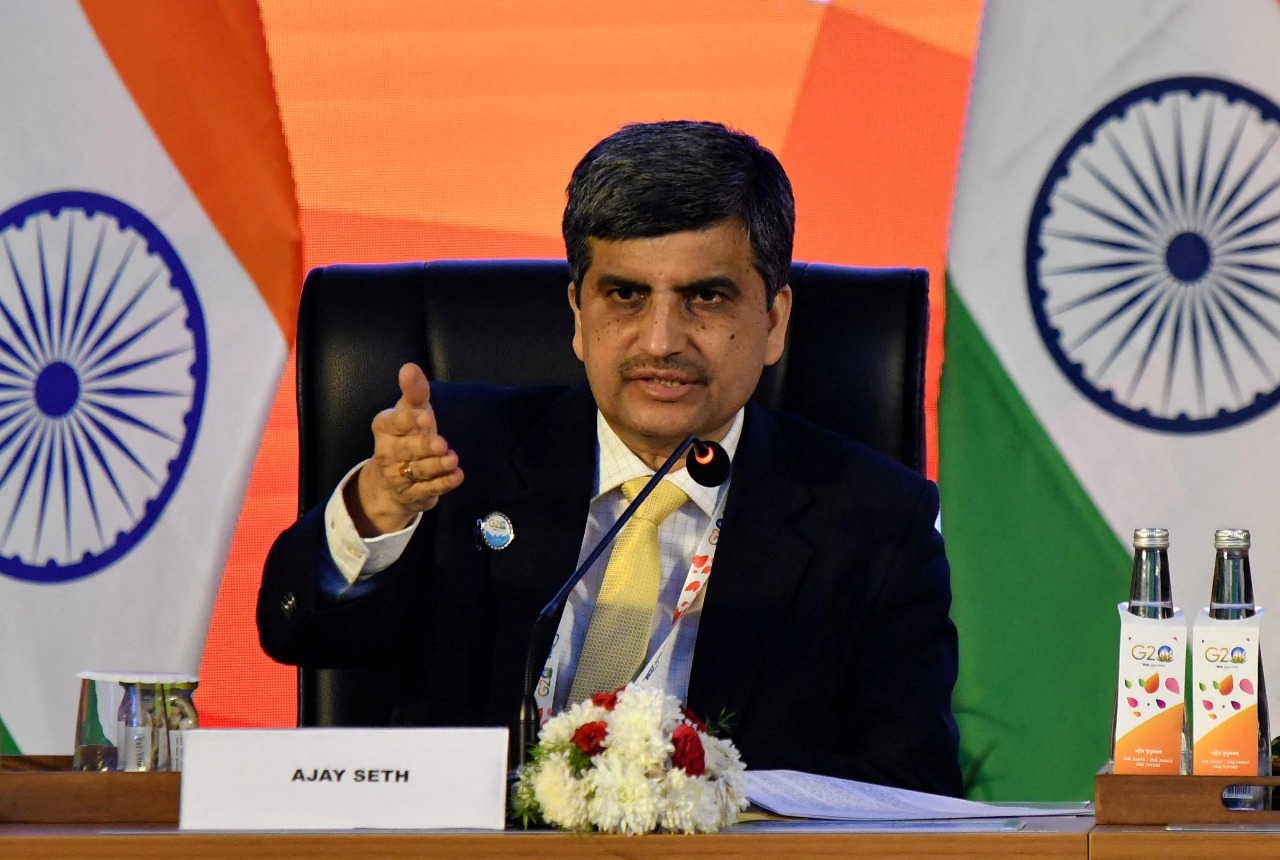India’s recent sovereign credit rating upgrade by S&P Global Ratings has sparked optimism within the government, with Economic Affairs Secretary Ajay Seth expressing confidence that other global rating agencies will take note of the same macroeconomic factors and follow suit. The upgrade, which raised India’s long-term rating to 'BBB' from 'BBB-', was attributed to sustained fiscal consolidation, robust infrastructure investment, and policy stability.
Here’s a detailed breakdown of the government’s response and the broader implications for India’s credit profile.
Key Highlights From the Secretary’s Statement
- The rating upgrade reflects India’s commitment to fiscal discipline and long-term economic resilience
- Other agencies such as Moody’s and Fitch are expected to reassess India’s credit metrics in light of recent developments
- The government has strengthened its engagement with rating agencies through structured interactions and data transparency
- India’s macroeconomic fundamentals, including growth, inflation control, and external stability, have improved significantly
Ajay Seth emphasized that the upgrade validates India’s reform trajectory and prudent fiscal management, and should prompt a broader re-evaluation by global agencies.
S&P’s Rationale for the Upgrade
S&P Global Ratings cited several factors in its decision to raise India’s rating:
- Continued policy stability and deepening economic reforms
- High levels of public investment in infrastructure, with capital expenditure reaching 3.1 percent of GDP
- A resilient monetary framework that anchors inflation expectations
- A projected decline in general government deficit from 7.3 percent of GDP in FY26 to 6.6 percent by FY29
The agency also noted that India’s growth dynamics remain strong, with GDP expected to rise by 6.8 percent annually over the next three years.
Government’s Engagement With Rating Agencies
India’s Finance Ministry has adopted a proactive approach to engaging with credit rating agencies:
- Regular presentations on macroeconomic indicators, fiscal strategy, and structural reforms
- Emphasis on transparency, data quality, and policy intent
- Highlighting improvements in governance, infrastructure, and financial sector resilience
This structured engagement aims to ensure that India’s credit profile is assessed fairly and reflects its actual economic performance.
Impact on Borrowing Costs and Investor Sentiment
The rating upgrade is expected to have several positive effects:
- Lower sovereign borrowing costs in international markets
- Enhanced investor confidence in Indian government bonds and corporate debt
- Improved access to global capital for infrastructure and development projects
- Strengthened currency stability and reduced risk premiums
The upgrade also supports India’s ambition to attract long-term institutional capital and deepen its bond market.
Outlook for Other Rating Agencies
Moody’s currently rates India at 'Baa3' with a stable outlook, while Fitch maintains a 'BBB-' rating. Both agencies have acknowledged India’s fiscal improvements but have yet to revise their ratings. The government believes:
- Continued fiscal consolidation and infrastructure investment will prompt upgrades
- India’s external buffers, including forex reserves and current account stability, support a stronger rating
- The country’s inflation-targeting regime and monetary discipline enhance macroeconomic credibility
Ajay Seth stated that India’s performance speaks for itself and that rating agencies will eventually recognize the progress.
Conclusion: India’s Sovereign Upgrade Signals Fiscal Strength and Reform Momentum
India’s sovereign rating upgrade by S&P Global Ratings marks a significant milestone in its economic journey. With the Economic Affairs Secretary calling on other agencies to take note, the government is reinforcing its commitment to fiscal consolidation, infrastructure-led growth, and policy transparency. As India continues to outperform global peers in economic resilience, further upgrades may be on the horizon, strengthening its position in global financial markets.
Sources: Fortune India, Financial Express, NDTV, Business Today, Economic Times BFSI





